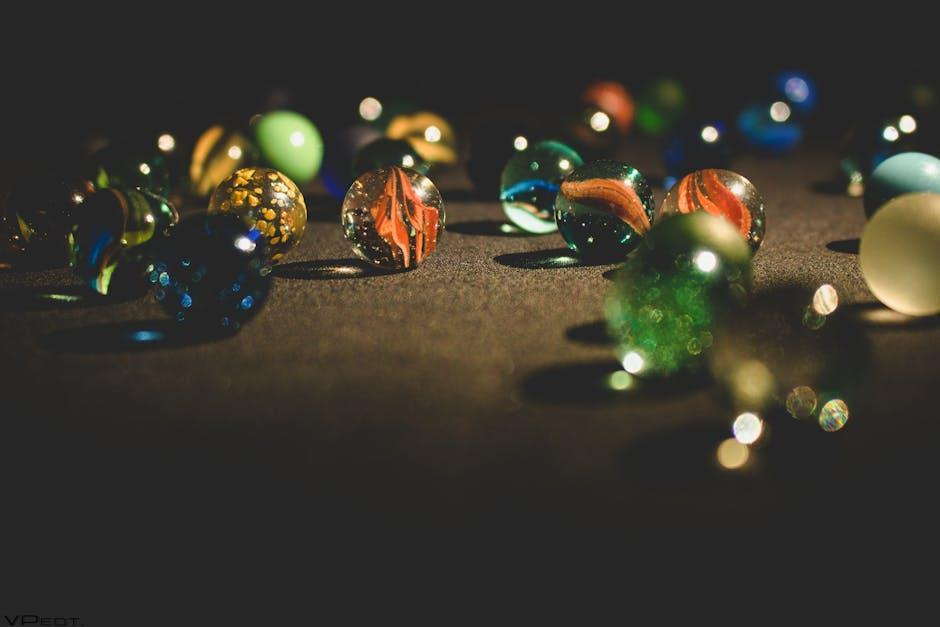How Nostalgia is Engineered in Modern Game Design
- 16 Jun 2025
- Articles

In the labyrinthine corridors of digital entertainment, nostalgia operates less as an accidental by-product and more as an artfully cultivated resource, mined with surgical precision by today’s game designers. What once sprang organically from the quirks and limitations of early hardware is now reconstructed with calculated intent. This is no clumsy invocation of the past; rather, it is a deliberate invocation of emotional resonance, beckoning players to return—again and again—to digital landscapes coloured by memory, tinged with longing. Why is this yearning for the familiar so potent, and how do developers manipulate these psychological levers with such chilling effectiveness?
The Allure of Familiar Symbols
Colour, motif, and even game mechanics are wielded like paint on an iconic canvas, often rooted in specific shared cultural memories. Take, for example, the recurrent use of imagery drawn from folklore and tradition; the hit online slot game Rainbow Riches exemplifies this tendency, weaving together mythic motifs and familiar visual shorthand to summon collective mythologies.
Mechanics as Memory Triggers
Mechanisms once dictated by pragmatic constraint—pixel grids, chiptune melodies, and twitchy controls—now surface as aesthetic choices, consciously employed for their mnemonic power. Developers reintroduce these quirks as features, draping contemporary frameworks in the tattered yet beloved garb of earlier eras. Through this deliberate recontextualisation, games do not simply resemble their ancestors; they become engines for reminiscence, granting the player not only a challenge but also a carefully scripted return to the sensations of discovery and mastery that first defined their digital adventures. Nostalgia becomes a mechanic, not merely a mood.
Audio-Visual Alchemy
Sound design and visual presentation constitute the palette with which developers paint emotional landscapes, their choices steeped in the science of memory. Bit-crushed soundscapes and pixelated flourishes are less about technical limitations than about the alchemical process of crystallising a particular emotional state. The very echoes of synthetic arpeggios or subtly off-centre sprites cut straight to the limbic system, eliciting a reaction both immediate and profound. Texture and tone, colour and cadence—each element operates as a finely honed instrument, orchestrating a symphony of recollection that transcends mere aesthetic preference.
Community and Ritual
Perhaps most insidious is how modern game engineers not only evoke individual nostalgia but also communal nostalgia. Through the deliberate inclusion of references, Easter eggs, and rituals recognisable to a specific subculture or generation, designers fabricate micro-communities united by shared memory. Annual events, reboots, anniversary content drops, and retro-styled challenges cultivate ritualistic engagement, positioning games as cultural hearths rather than disposable amusements. This stands not as casual pandering but as architecture, scaffolding constructed to support a continuous cycle of collective remembrance and emotional reinvestment.
Conclusion
Ultimately, what emerges is not nostalgia in its original, accidental sense, but a potent simulation of it—engineered, iterative, and dynamic. Modern game design thus reveals itself as a masterwork of emotional engineering, one that compels veteran players and curious newcomers alike to traverse old territories through new eyes. This recursive journey, perpetually revitalised by innovation even as it bows to tradition, renders the past not simply a memory, but a persistent and meticulously crafted presence.
Image attributed to Pexels.com








